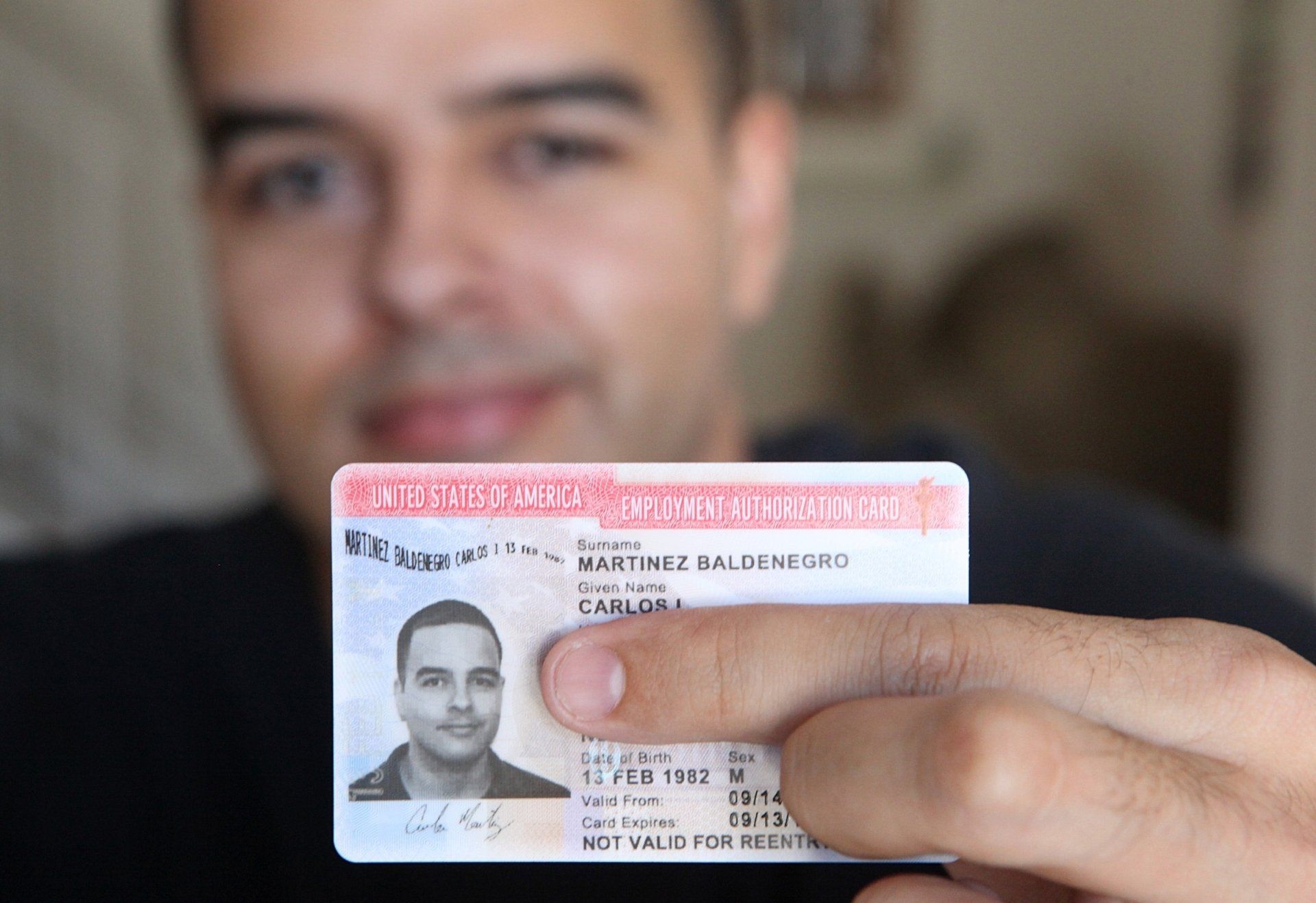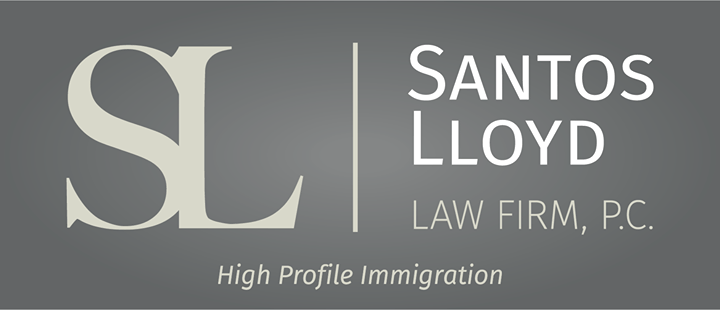Can I Apply for Work Authorization while my Asylum Application is Pending?
Angelica Rice • February 11, 2022

Click here to read this article in Portuguese
Each year, many people come to the United States seeking refuge from harm or persecution that they suffered in their home country. Those people apply for Asylum (Form I-589) either before USCIS or in removal proceedings before the Immigration Court.
A common question amongst all Asylum Applicants, no matter where they are applying, is can I obtain authorization to work while my Asylum application is pending?
As a result of a change in the law on August 25, 2020, for many Asylum Applicants, the answer to that question is NO.
However, there are some exceptions and circumstances where an Asylum Applicant may be eligible for and be granted work authorization while their Asylum case is pending. Read on to find out more.
You cannot apply for permission to work (employment authorization) in the United States at the same time you apply for asylum. You may apply for employment authorization 365 calendar days after you file your complete asylum application.
Due to a recent change in the Immigration Court’s case adjudication policies, Court’s are prioritizing the expeditious adjudication of immigration cases, especially for Respondent’s who entered the United States unlawfully on or after November 1, 2020. Many of those cases are being adjudicated within 1 year of the NTA being filed. This means that for most Asylum Applicants in Court, their cases will not be pending for 365 days and so they will not become eligible for work authorization.
If there is a delay in the adjudication of the Court case, that was not caused by you, or if an Applicant is applying for Asylum before USCIS, then you may be eligible to receive employment authorization based on a pending asylum application if:
- You entered the United States lawfully on or after Aug. 25, 2020 (under limited exceptions, you may still be eligible if you entered the United States unlawfully on or after Aug. 25, 2020);
- For asylum applications filed on or after Aug. 25, 2020, you filed your asylum application within one year from the date of your last arrival into the United States (alternatively, an asylum officer or immigration judge determined that you qualify for an exception to the one-year filing deadline, or you are an unaccompanied alien child on the date the asylum application was first filed);
- You appeared for any scheduled biometric services appointments related to your application for asylum or employment authorization;
- You appeared for your interview with a USCIS asylum officer, or your hearing before an immigration judge, if requested or scheduled;
- You are not described in 8 CFR 208.7(a)(1)(iii);
- You do not have an outstanding applicant-caused delay related to your asylum application when you file your initial application for employment authorization; and
- No final decision has been made on your asylum application (note that a referral to an immigration judge after an interview with USCIS is not a final decision).
If, on the date that your initial application for an employment authorization document (EAD) is filed, there is an unresolved delay in your asylum adjudication that you caused, your EAD request may be denied. Examples of these applicant-caused delays include, but are not limited to:
- Requesting to amend or supplement an asylum application and causing a delay in its adjudication or in proceedings;
- Failure to appear to receive and acknowledge receipt of the decision;
- Requesting to provide additional evidence for an interview, or requesting an extension to submit additional evidence less than 14 days before the interview date, and causing a delay in the asylum application adjudication;
- Failure to appear for an asylum interview, unless USCIS excuses you;
- Failure to appear for scheduled biometrics collection for the asylum application, unless USCIS excuses you;
- Requesting to reschedule an interview for a later date;
- Requesting to transfer a case to a new asylum office or interview location, including when the transfer is for a new address;
- Failure to use a USCIS contract interpreter or provide a competent interpreter at an interview; or
- Failure to comply with any other request needed to determine asylum eligibility.
*Certain criminal offenses or convictions will make you ineligible for an EAD.
If you have questions about work authorization eligibility through a pending Asylum application, please contact one of our experienced immigration attorneys.
This blog is not intended to be legal advice and nothing here should be construed as establishing an attorney client relationship. Please schedule a consultation with an immigration attorney before acting on any information read here.

Once you have connected with a college program, have been admitted to the school, and deemed eligible to compete athletically, you will need to secure an F-1 student visa in order to actually attend your new college and begin your time as a student athlete. The first step in the visa process is to receive your Form I-2

For many talented athletes around the world, U.S. college athletics represent a remarkable opportunity to combine elite athletic competition with higher education. In sports such as basketball, soccer, track and field, and tennis, among others, hundreds of colleges and universities across the United States offer struct

Under the new regulation, if a person filed or files Form I-589, Application for Asylum and for Withholding of Removal after October 1, 2024, and the application remains pending with USCIS for 365 days, the applicant must pay an Annual Asylum Fee (AAF) on the one-year anniversary of his or her filing date.


